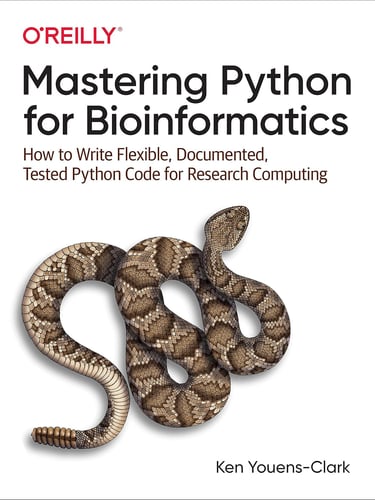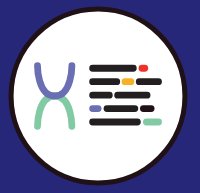
READING LIST
Mastering Python for Bioinformatics
Ken Youens-Clark, 2021, Currently Reading
First impressions: The book is well presented and the information is delivered in a playful inquisitive manner. I find it straightforward due to my prior coding experience, but I am expect to be challenged more by the later chapters.
Computational Biology Reads
Learn Genomics Dev
A short crash course on genomics, I went through it and learned a lot about analysis workflows used within genomics. My blog post about variant calling is based on what I learned on this website
Sohum's Favorite Books
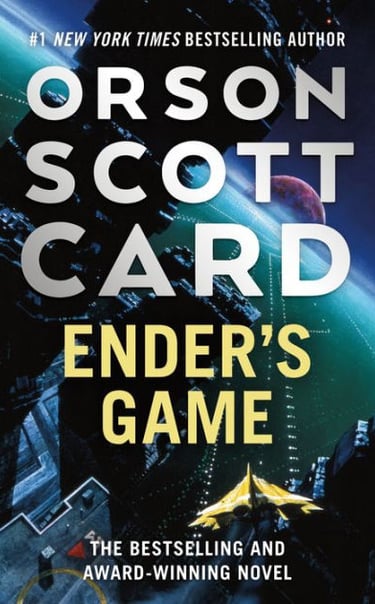





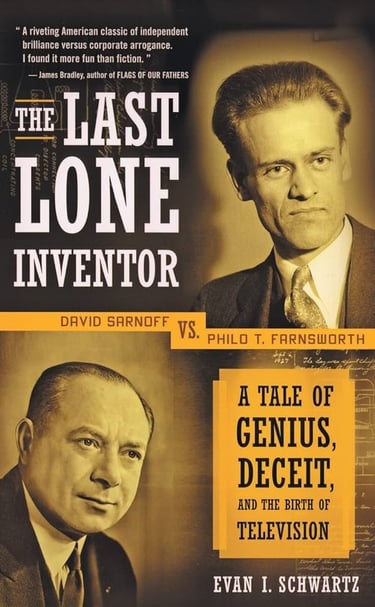

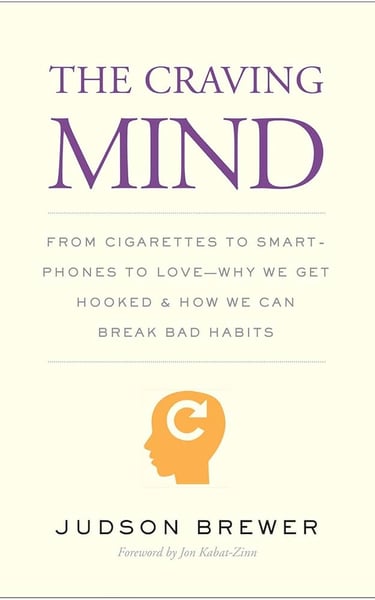

Brouwer et al. 2021
This paper is interesting because uses longitudinal data sourced from realistic environments (as opposed to controlled environments like clinical trials) to do prediction tasks. Longitudinal data is hard to integrate into models due to its nature, so the researchers' work is greatly beneficial to the field.
Point of View on Outcome Prediction Models in Post-Stroke Motor Recovery
Groen et al. 2024
The researchers focus on upper limb (UL) recovery since it affects quality of life the most. The researchers do a great job at breaking down key challenges that the field needs for progression, some of which being technical (such as the need to incorporate longitudinal data with dynamic models), and others being community based (like the need to establish consensus on important biomarkers for data collection)
Modeling the START transition in the budding yeast cell cycle
Janani Ravi, Kewalin Samart, Jason Zwolak 2024
This paper used a mathematical model to predict the START transition of yeast cells. This is the transition where, unironically, the cell progresses from the G1 (developmental) stage -> S (DNA synthesis) stage. The focus of this research was making a purely computational model based on empirical observations that this transition is reversible. The not-so-surprising level of depth that is captured in these models of cell dynamics is fascinating to me.
drGAT: Attention-Guided Gene Assessment of Drug Response
Yoshitaka Inoue, Hunmin Lee, Tianfan Fu, Augustin Luna
I've written a longer blog post about this paper. In short, this paper proposes a graph attention model for drug discovery that has impressive accuracy and interpretability.
Aziz Fouché, Andrew Zinovyev
New ways of collecting biological data are constantly being developed, omics integration will be key to knitting all these modalities together. This article explains omics integration problems really well, and if you are looking for a general overview of the problem, I would highly recommend starting here.

